An easy & interesting course for those who want to learn to paint flowers in their full beauty.
Unleash your inner artist!
You will learn step by step how to work with the intriguing and unpredictable media of Watercolour. You will progress from the simplest washes through multilayered washes. This will allow you to be more confident with your brushes. Along with understanding the differences in the watercolour painting styles; you will learn the basic rules of composition and rhythms in your paintings.
You will become familiar with graphic and watercolour painting techniques. You will paint flowers using life compositing and photo references.
What does this course give to you?
How to make your watercolour bright and beautiful.
How to make the different tones of green foliage.
Composition. How to make your painting look balanced.
What technical secrets you can use in your watercolour.
How to make a value illusion and absolutely realistic painting.
How to join or separate the background and flowers.
Learn how important the quality and type of brushes used for watercolour painting.
How to use masking liquid and why.
What you need to know about the colour chaos and how to use this knowledge.
What is in the course:
Package BASIC for self-study START ANYTIME Lifetime access 6 classes 37 videos 7+ hours of video tutorials 12+ practical exercises Anatomy of the flowers study 7 types of watercolour washes 4 types of template creation 4 final paintings
Lesson 1

Simple wash. Even and Gradation washes.
Lesson 2
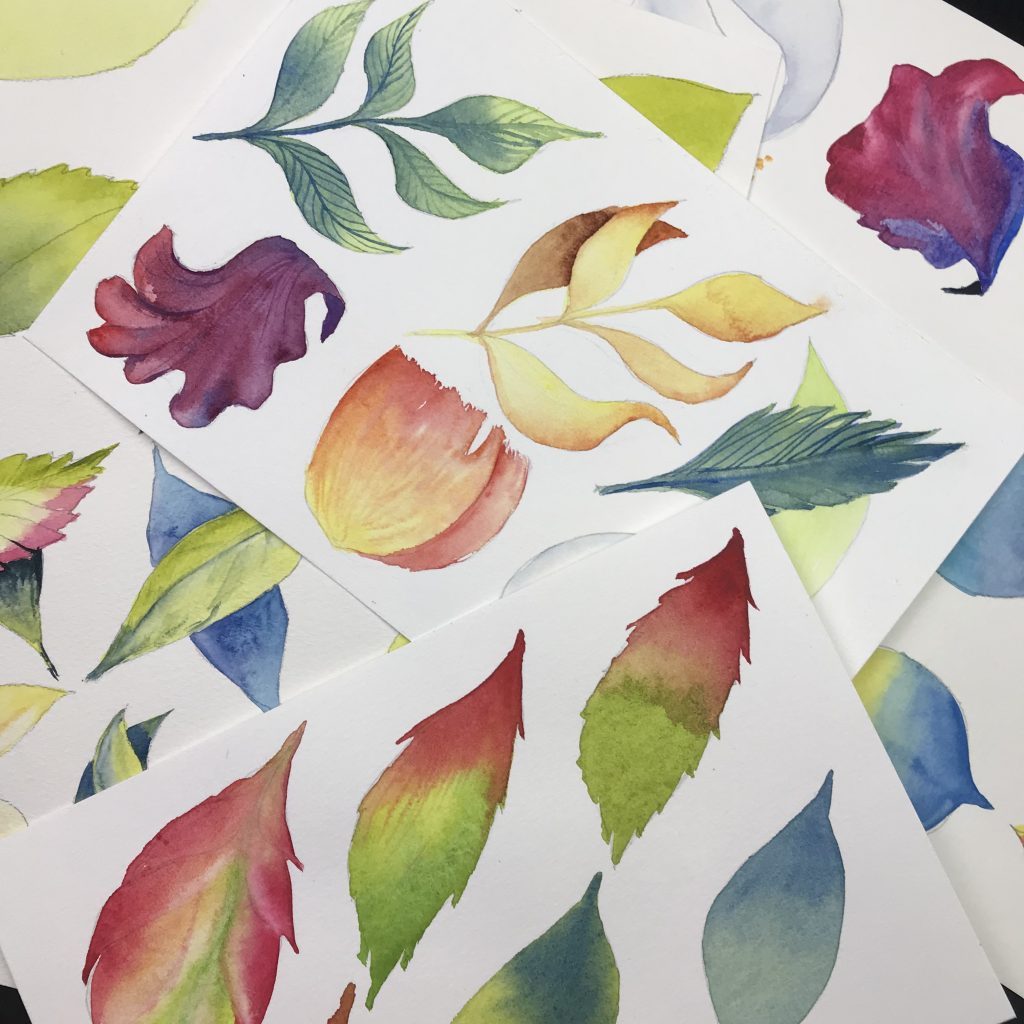
Advanced Wash. Infusion and Multi-layered washes.
Lesson 3

Tulip
Lesson 4

Garden Rose
Lesson 5

Daffodils
Lesson 6

Morning Glory
What materials you need for the course:
Get inspired by student’s work!

Cathy 2022 
Tracey, ON, Canada 
Carole 2024 
Carole, 2024 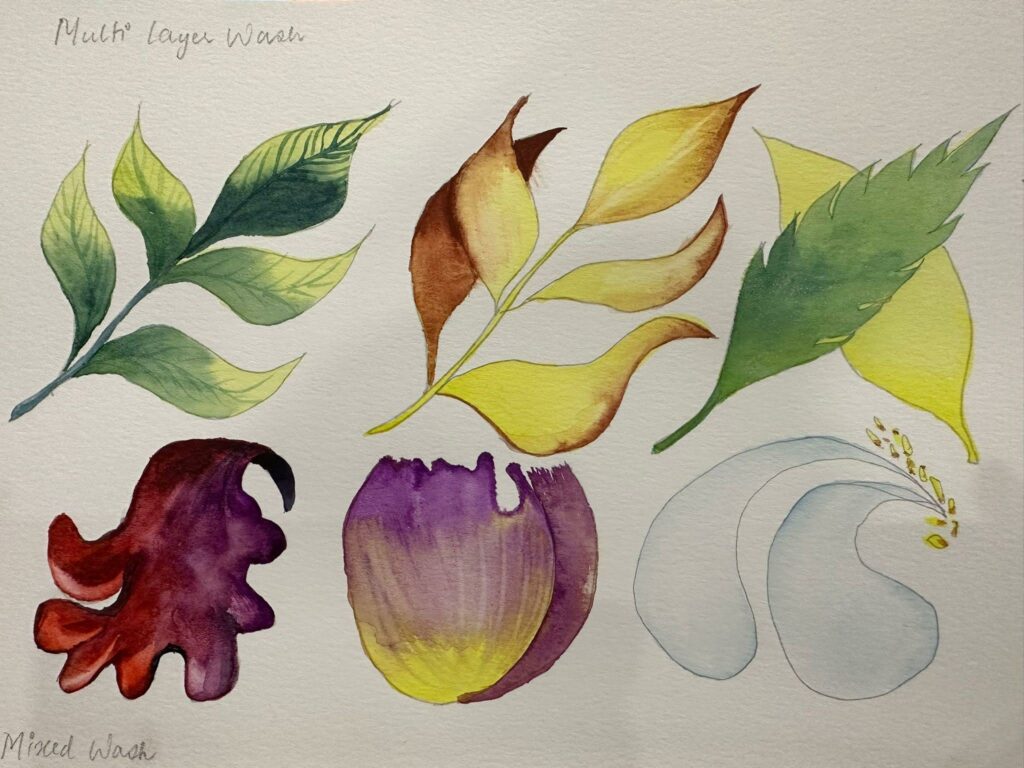
Pratusha 2023 
Margaret 2020 
Margaret 2020 
Sarah 2020 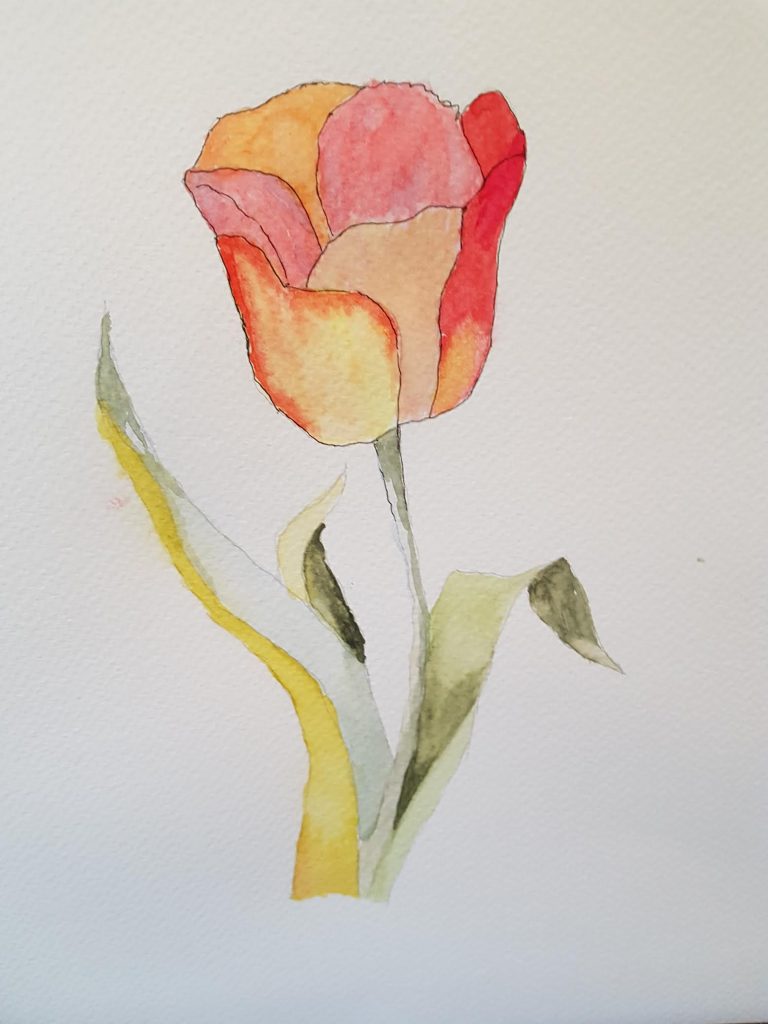
Sarah 2020 
Sue 2020 
Sue 2020 
Karen 2021 
Karen 2021 
Karen 2021 
Louise 2021 
Louise 2021 
Carol 2021 
Carol 2021 
Sean 2021 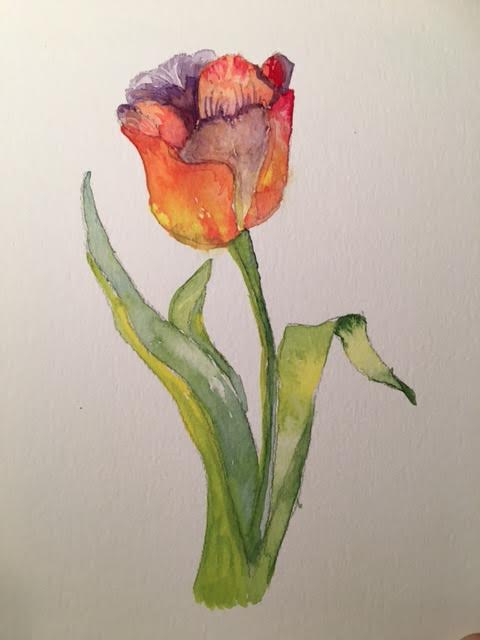

Sean 2021 
Sean 2021 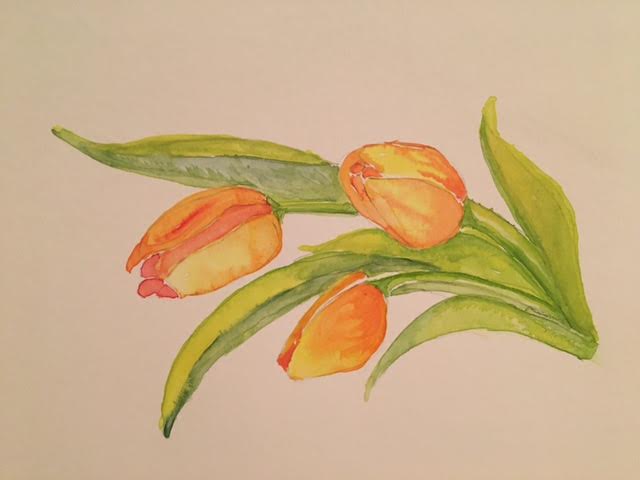
Sean 2021 
Joan 2020 
Joan 2020 
Pratusha 2023 
Brenda 2023 
Pratusha 2023 
Cathy 2022 
Tracey 2022 
Nancy 2021 
Nancy 2021 
Pratusha 2023 
Marjorie 2023 
Marjorie 2023 
Marjorie 2023 












Tetiana 2024 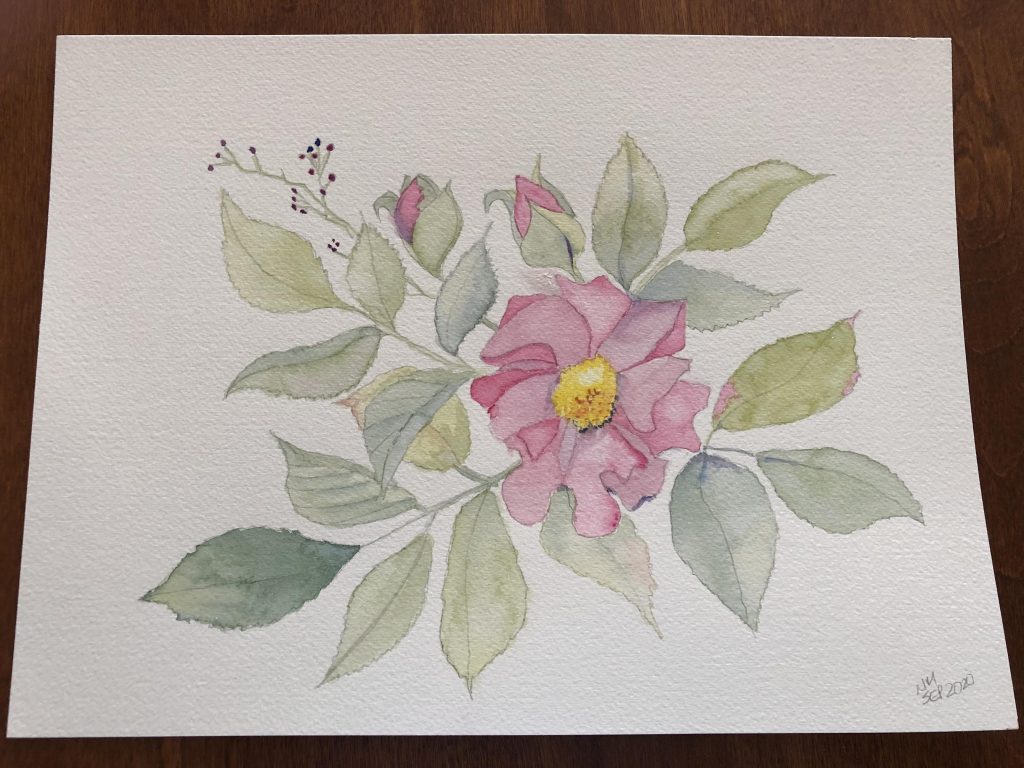
Nancy 2020 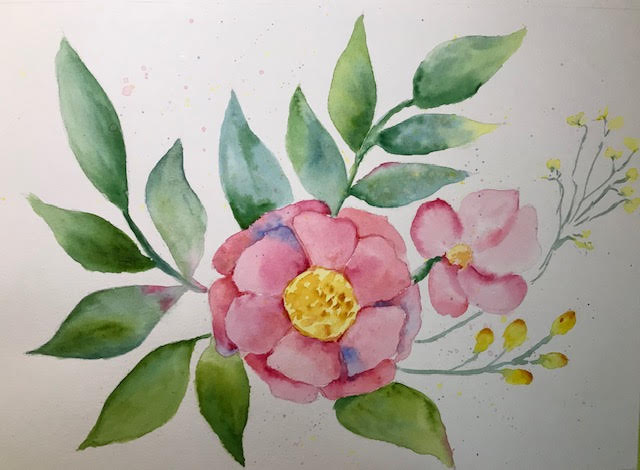
Joan 2020 
Joan 2020 
Carol 2021 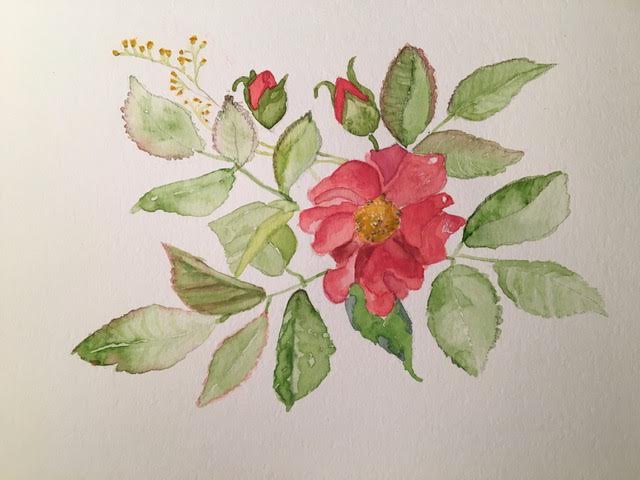
Sean 2021 
Joan 2021 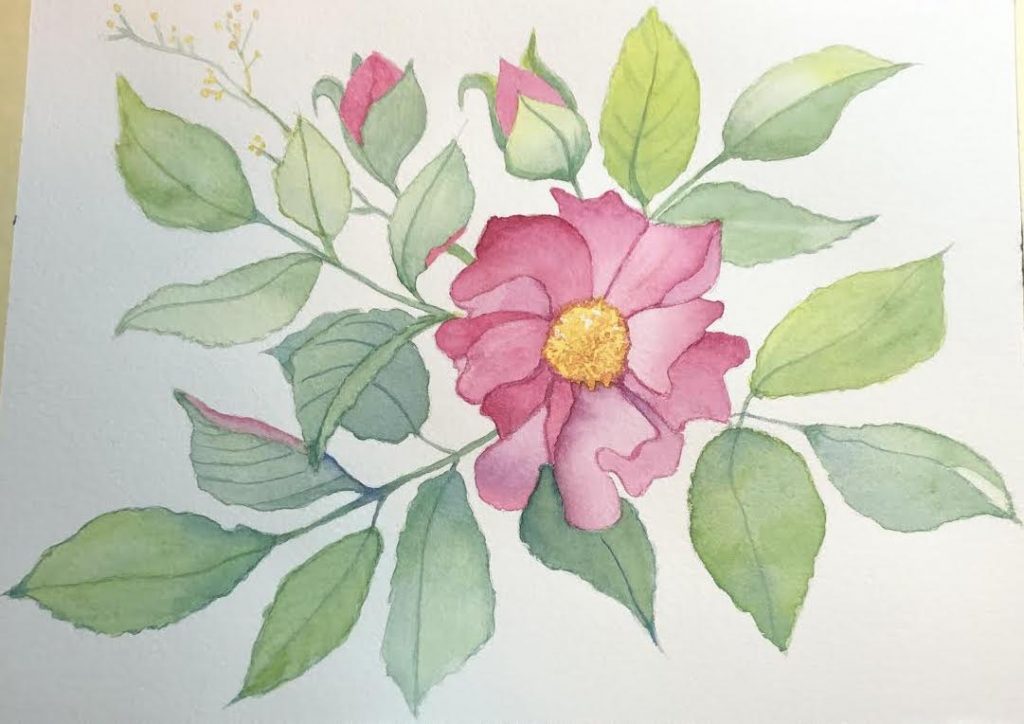
Karen 2021 
Carole 2024 
Carole 2024 
Carole 2024 
Carole 2024 
Meghan 2023 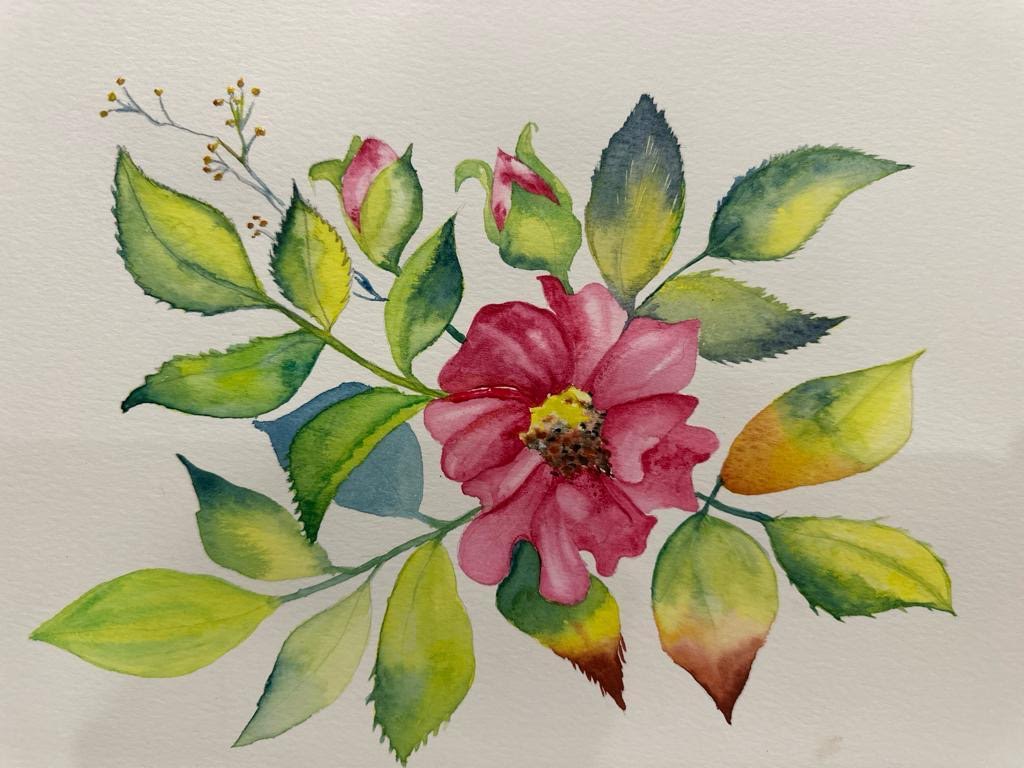
Pratusha 2023 
Louise 2021 
Margaret 2020 
Margaret 2020 
Sarah 2021 
Sue 2020 
Carole 2024 
Pratusha 2023 
Karen 2021 
Carol 2021 
Carol 2021 
Nancy 2020 
Joan 2020 
Pratusha 2023 
Angela 2023 
Carole 2024
Watercolour paper, 100% cotton preferable (The Bee Paper Company, Strathmore 500 series, Paul Rubens 50% cotton) 4 small sheets and 4 big sheets (minimum + sheets for extra practising)
Drawing paper, any quality
Printer paper for printing the templates
Brushes:
Mop brush, size 6-8, D10-15 mm (Paul Rubens mop brush, squirrel hair)
Calligraphy brush, 5-8 mm (Calligraphy brush, 5 mm, wolf hair)
Flat synthetic brush, 3/4” (Escoda)
Detail brush, 2mm (optional) (Escoda)
Watercolour paint, preferable in tubes:
Light Yellow (Lemon Yellow,Daniel Smith)

Yellow (Cadmium Yellow, Daniel Smith)

Orange (Transparent Orange, Schminske)

Red (Quinacridone red, Daniel Smith)

Dark red (Permanent Alizarin Crimson, Daniel Smith)

Dark Pink (Rose Madder,Daniel Smith)

Bright Pink (Opera Rose, Daniel Smith) )
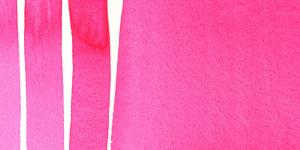
Rose (Quinacridone rose,Daniel Smith)

Blue Violet (Ultramarin Violet,Daniel Smith)
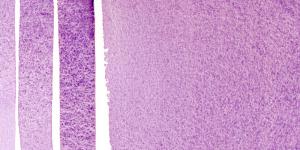
Violet (Mineral Violet,Daniel Smith)

Purple (Magenta,Daniel Smith)
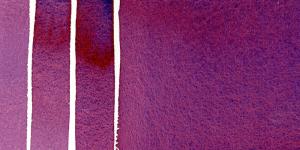
Blue (French Ultramarine, Daniel Smith)

Black Blue (Indigo, Holbein)

Dark red (Indian red, Daniel Smith)

Rusty (burnt Sienna, Daniel Smith)
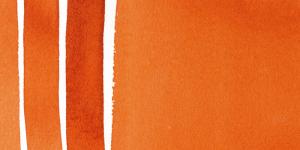
Dark Grey (Payne's Grey, Van Gogh)

Bright Green (Gold Green, Daniel Smith)

Dark Green (Undersea Green, Daniel Smith)

Turquoise (Turquoise, M. Graham)

Light Blue (Cerulean Blue, Van Gogh)

Pencils any quality, 3H and HB
Eraser, kneading one is preferable
Watercolour board (Any sturdy card stock)
Artistic tape (Any white or beige)
Hair dryer
Two jars with water
Paper towels
Pentel Ink Brush Pen or India Ink, it is optional (only for the final painting)


